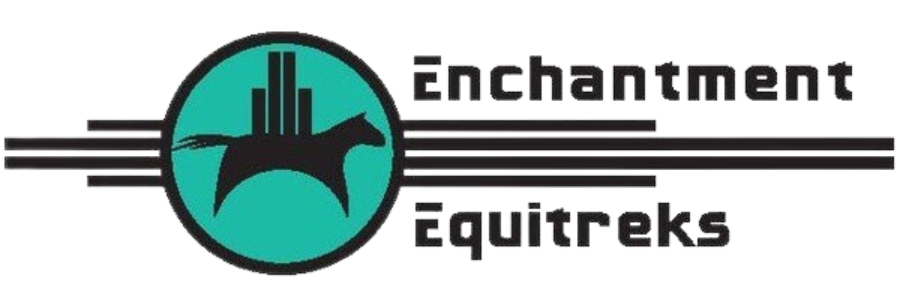Harry and the Snowman is the newest documentary about Harry de Leyer and his grey gelding Snowman. ThIs is one of my absolute favorite equine stories. In 1956 Snowman, an old plough horse, was standing in a trailer waiting to be sold for slaughter. Harry took one look into the horse's eye and knew he could be something great, however he didn't recognize the horse's talent until after he sold him to a neighbor and the big grey jumped the fence to return home. The pair went on to win many prestigious hunter jumper classes and even made a guest appearance on the Jonny Carson show. This eighty dollar, Cinderella horse became a priceless champion. This story has been immortalized in books but it Is listening to Harry speak about Snowman that offers the true insight into their exceptional relationship. These two had to fight to prove that they were just as good as any team competing. Harry knew that "every horse has a different personality, just like a human, and it's like finding the key for the lock." Apparently Harry was a master locksmith because Snowman trusted his rider completely and would jump anything Harry pointed him at.
I believe that in order to find that key a horseman must understand the type of lock they are working with. Here at Enchantment Equitreks we come across many different horse personalities and usually we have limited or no information as to what created the lock. So we have developed a series of exercises to divulge the mechanisms of the animal. The easiest lock to rekey is the tune up. Horses like Teddy have all the working parts and foundation needed to be an excellent trail horse, however some bad manners and a threatening disposition landed him at a rescue. We recognized that all he needed was a little work to re-instill that training, kind of like a rusty padlock that pops open with a little D-W40. Then there are locks so mired in fear, frozen in pain, and welded shut in mistrust that the only option is to take the mechanism completely apart and slowly put each piece back. Our Jake is that type of horse. With each layer of gunk that we wipe away another deeper problem is divulged, which can be frustrating. This is when you have to start looking at the key you're trying to use and retool the method. Often with Jake we have to reevaluate how we are approaching his training and adjust to better suit his needs. We also know we can't force a lock like Jake and sometimes he needs a step back to be able to move forward.
There are as many locks, as there are horse personalites, as there are keys. I live for the moment the mechanism slips open and the horse places its trust in you. However, it often doesn't mean the horse is fixed, all locks need a little grease to keep them working properly, keys need to be refashioned , and parts reassembled. This is what makes rehabilitating rescue horses so intriguing and fulfilling, they are a constant puzzle just waiting for the correct code.


